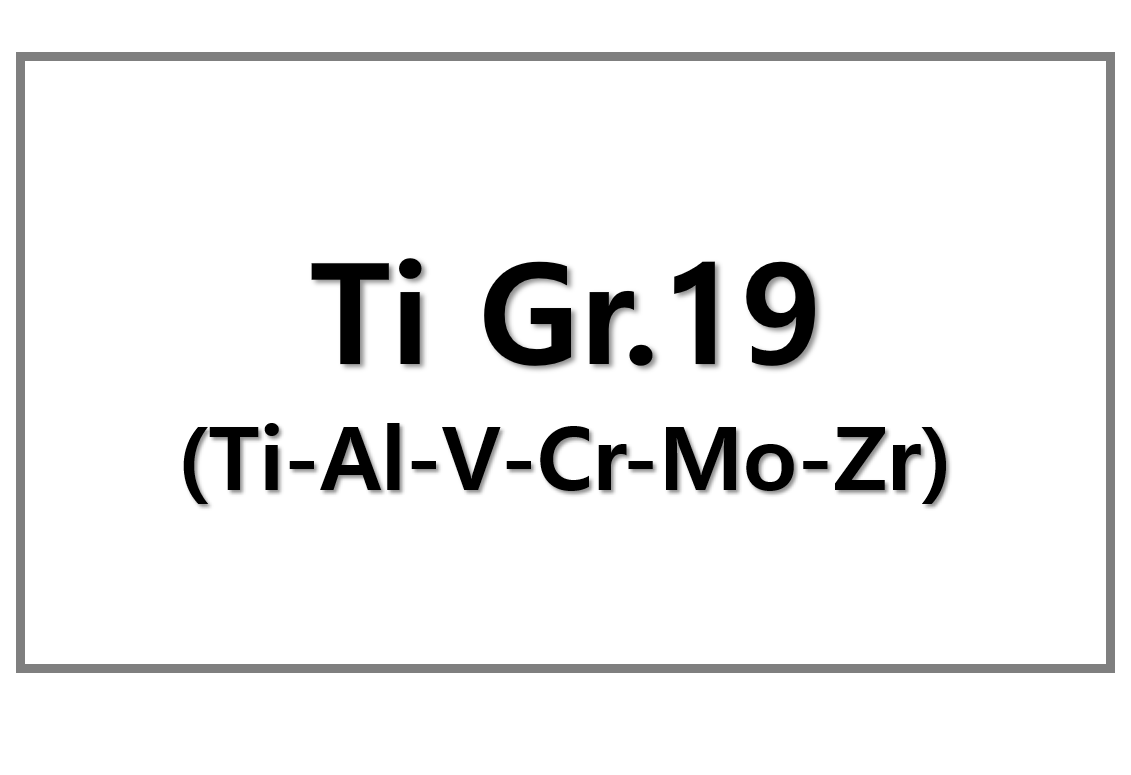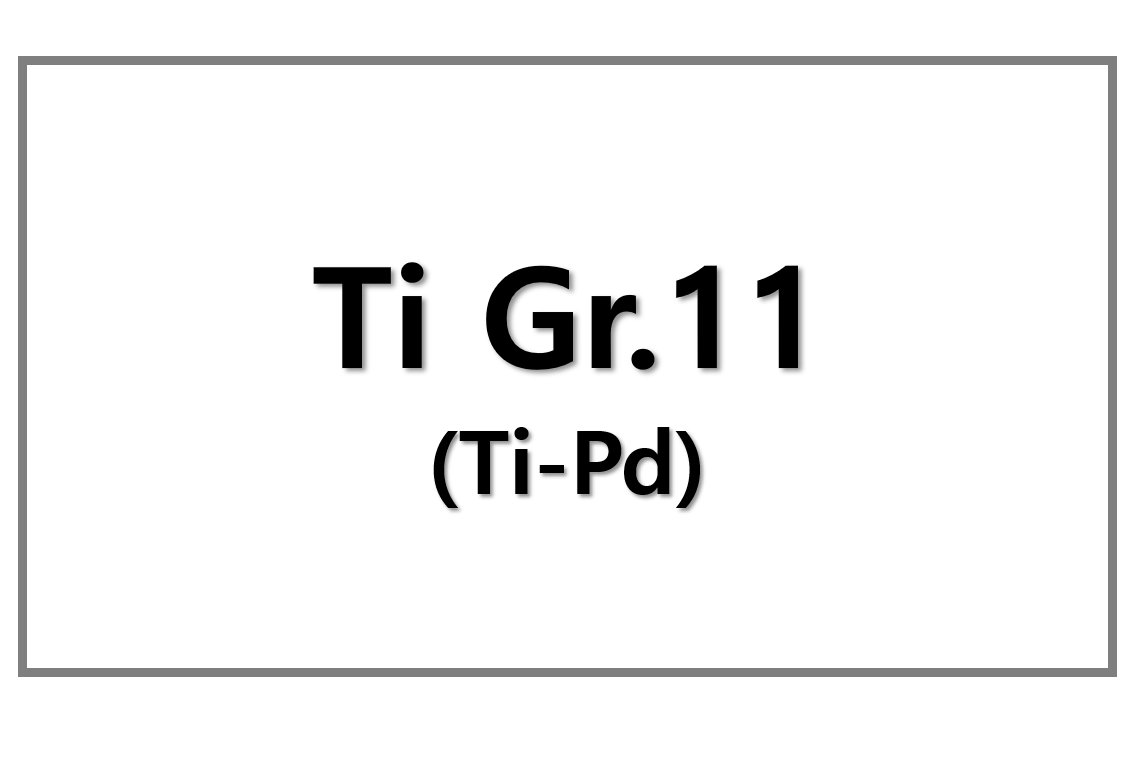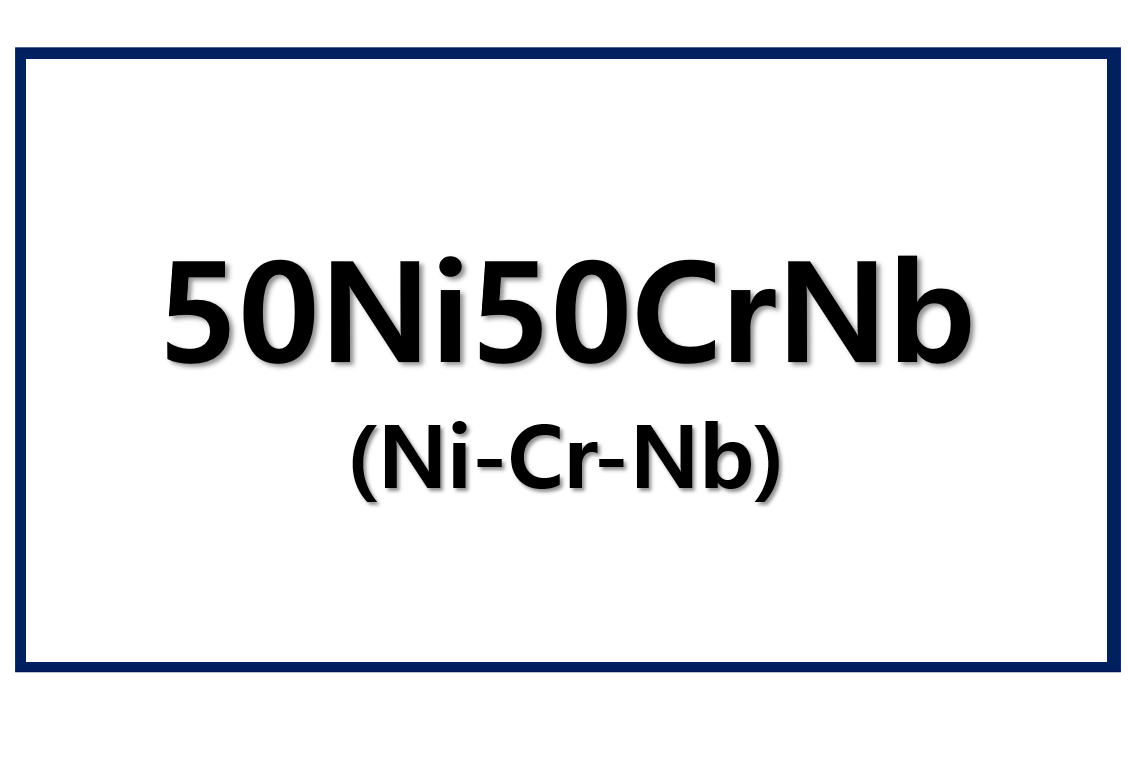
Rare Earth Magnets Demand Rises in Clean Energy Tech
Rare earth magnets have become indispensable in clean energy applications, particularly in electric vehicles (EVs) and wind turbines. Demand for these magnets is expected to rise significantly by 2030. Currently, EVs and wind power represent only 17% of global rare earth magnet usage. However, this figure is projected to jump to 42% by 2030 to stay aligned with Net Zero targets for 2050.
Electric vehicles will lead this growth, accounting for 22% of magnet demand by 2030, surpassing wind energy. The rare earth elements at the core of this shift—neodymium, praseodymium, dysprosium, and terbium—are critical for the high-performance magnets that power clean tech motors and turbines. As a result, pressure is mounting to secure reliable supply chains for these strategically important materials.
This demand spike highlights the strategic importance of rare earth supply security. Countries and companies alike are increasing efforts to diversify sources and reduce dependency on dominant suppliers like China. Meanwhile, exploration projects, recycling innovation, and government policies are gaining momentum to support future demand.
Critical Role of Rare Earth Magnets in Net Zero Goals
The push toward Net Zero by 2050 hinges on reliable magnet materials. Without ample rare earth magnet supply, scaling EV and wind technology becomes difficult. High-performance permanent magnets used in EV drivetrains and turbine generators rely heavily on neodymium and dysprosium, making them essential for green electrification.
As more governments commit to aggressive clean energy targets, the global rare earth magnet market faces rising competition and geopolitical scrutiny. Companies now recognize the urgency of securing critical raw materials to ensure a sustainable energy transition. This growing demand provides long-term opportunities for miners, processors, and clean tech innovators.
SuperMetalPrice Commentary:
The rare earth magnet supply chain is emerging as a strategic bottleneck in the clean energy economy. As EV and wind demand soar, producers and policymakers must balance environmental targets with raw material access. Strategic investments in rare earth exploration, recycling, and alternative materials will define the winners of this next industrial wave. Supply resilience—not just price—will determine the pace of decarbonization and clean energy adoption through 2030 and beyond.











Leave a Reply
You must be logged in to post a comment.